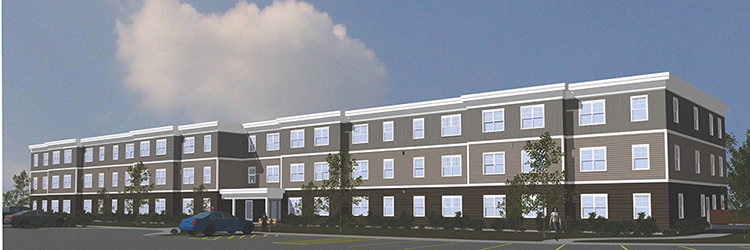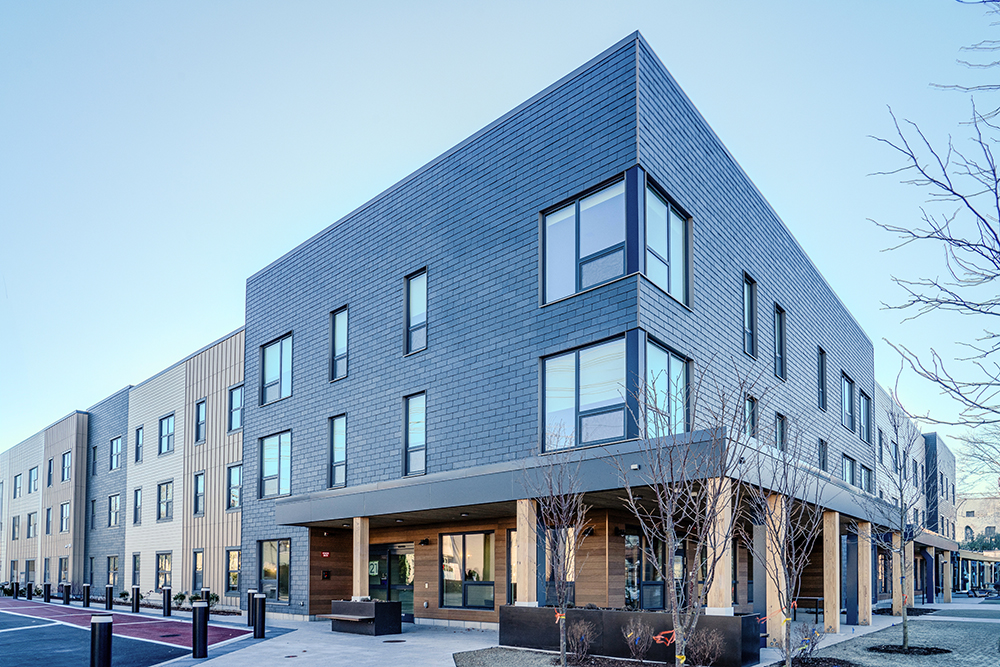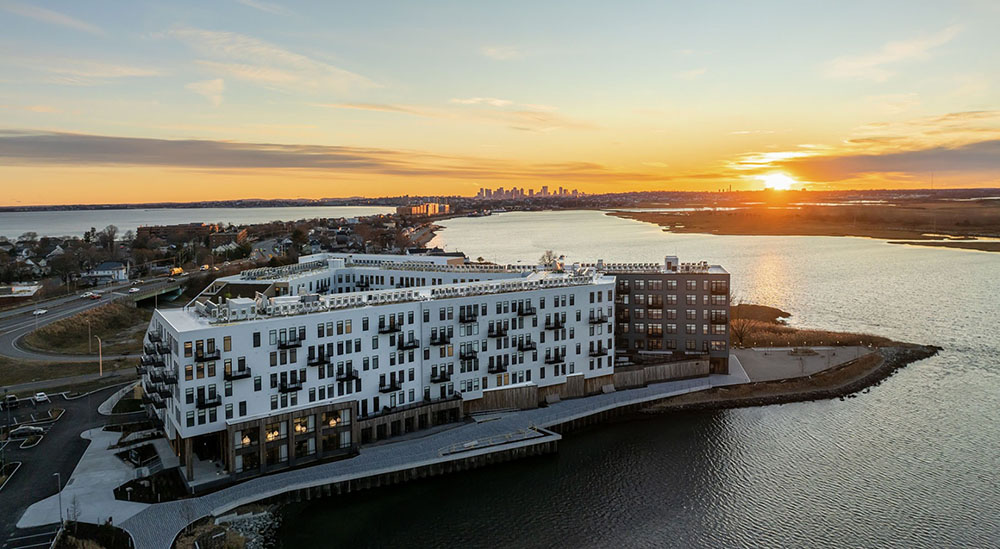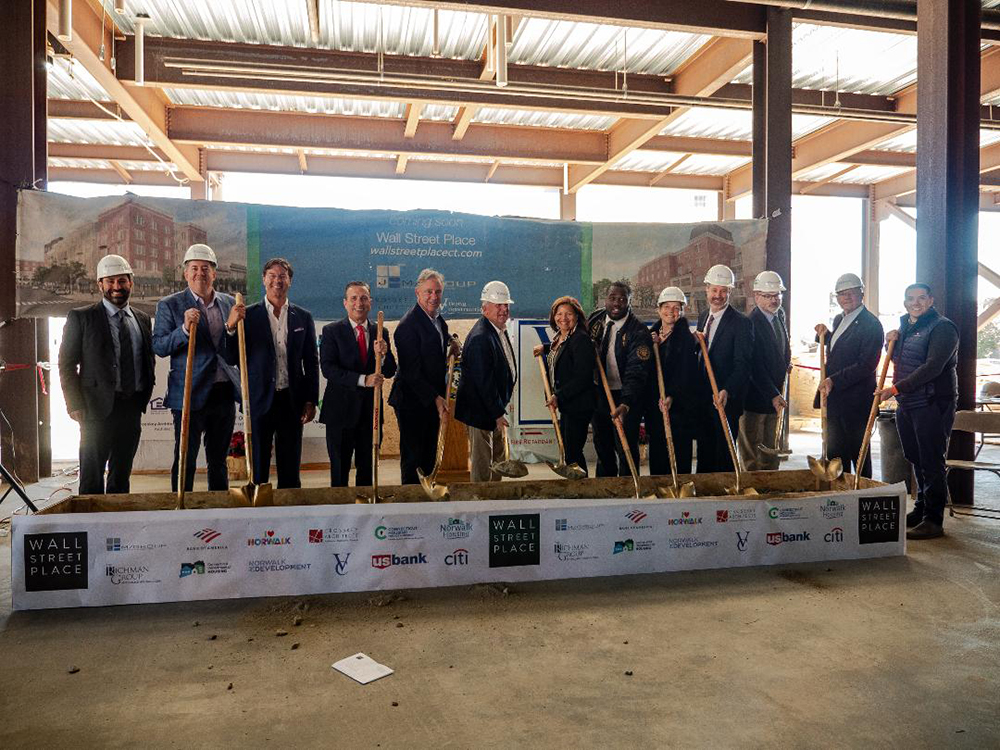News: Owners Developers & Managers
Posted: December 31, 2014
A new year is a good time to look at how environmental regulations have been updated
The start of a new year is a good time to look at how environmental regulations have been updated... and how these updates impact real estate development.
New requirements for the Wetland Protection Act's (WPA) Regulations 310 CMR 10.00 went into effect on October 24, 2014. The updates added exemptions for buffer zone activities for certain highway and utility work; added a renewable energy limited project; clarified that new stormwater facilities do not create wetland resources areas; streamlined permitting by allowing for a combined application for projects that fall under the WPA, Chapter 91, and 401 Water Quality Certification; created a general permit for ecological restoration projects; updated stream crossing standards; and simplified permitting for short-term tests of innovative technologies.
Chapter 91 Waterways regulations were updated to streamline the process for projects that also require permits under the Massachusetts Environmental Policy Act (MEPA) and WPA, and simplify the process for small docks (<600 s/f for coastal and <300 s/f for inland) by adding a general license.
While the first two regulation updates don't have a significant impact on the development community, the small Municipal Separate Storm Sewer Systems (MS4) General Permit may be a different story. The update is currently underway, with the public comment period ending December 29, 2014. The Environmental Protection Agency (EPA) has issued a single draft permit for all of Massachusetts, which combines the previous North Coastal and Interstate, Merrimack, and South Coastal permits. Under the MS4 permit, cities and towns are responsible for compliance; however, they will do so by creating bylaws/ordinances and regulations that directly impact development projects.
The Draft MS4 includes the same six minimum control measures as the 2003 MS4 Permit (public education and outreach, public participation, illicit discharge detection and elimination, construction site runoff control, post-construction runoff control, pollution prevention/good housekeeping), but the Draft MS4 includes additional water quality standards:
* Enhanced illicit discharge detection and elimination (IDDE) requirements to identify, isolate, and remove sanitary and other wastes from the stormwater system;
* Water quality monitoring of stormwater discharges;
* Encouragement of low impact development and green infrastructure techniques; and
* Requirements designed to implement approved total maximum daily load (TMDL) waste load allocations (WLAs).
Requirements for IDDE and water quality monitoring place a financial burden on cities and towns already strapped for money; this may end up trickling down to developers. At a recent EPA and DEP public hearing in Leominster for the Draft MS4, several municipalities expressed concern and requested clarification on these requirements and exemptions.
One new water quality requirement specifies controlling and treating the first inch of runoff for new and redevelopment projects. This requirement is different than the current DEP Stormwater Standards under the WPA Regulations, and most towns' and cities' local requirements. Historically, DEP and EPA have coordinated permits, which may not happen with the new MS4, leaving a disconnect between State permits and the EPA stormwater requirements.
Another question about the Draft MS4 is how controlling the first inch of runoff will be applied across redevelopment sites. For example, if you are working on a small portion of a large site, will the entire site be required to be retrofitted to treat and control the first inch of runoff? There were several comments requesting clarification on this during the MS4 Public Hearing. We will monitor the responses to comments and track what changes/clarifications are made to the Draft MS4, which is scheduled to be issued Fall 2015.
Sandra Brock, PE, CFM, LEED AP is a chief engineer, and Jennifer Johnson, PE, LEED AP is a senior project engineer at Nitsch Engineering, Boston.
MORE FROM Owners Developers & Managers
Elm Grove Companies breaks ground on $20 million - The Rapids On Cocheco
Rochester, NH Real estate development firm, Elm Grove Companies, has started construction of The Rapids On Cocheco, an approved 52-unit workforce housing community at 29 Wadleigh Rd. This will be the company’s ninth venture in the affordable housing arena with other affordable properties in the state totaling 430 apartments

Columns and Thought Leadership

Recently passed legislation creates opportunities to meet CT’s changing energy needs - by Klein and Feinn
For decades, New England has had a summer-peaking power system, where the greatest energy use occurs on the hottest and most humid days, due to widespread use of air conditioning. But by the mid-2030s, electrification of the heating sector likely will result in a winter peak that’s higher than the summer peak.

IREM President’s Message: Fostering community connections during the holiday season
The holidays are again taking center stage, and with them comes an opportunity for multifamily communities to connect with the businesses and organizations in their cities and towns, fostering a sense of unity and generosity during this giving season

Selecting the right façade installation firm - by Steven Powell
As the owner of a major new property being developed, or an existing large building preparing for major renovation, you want your design and construction team to have the right experience, capabilities, and expertise to match the project demands. A critical member of this team will be the façade installation specialty firm, since the quality of this installation will impact





.jpg)

.png)